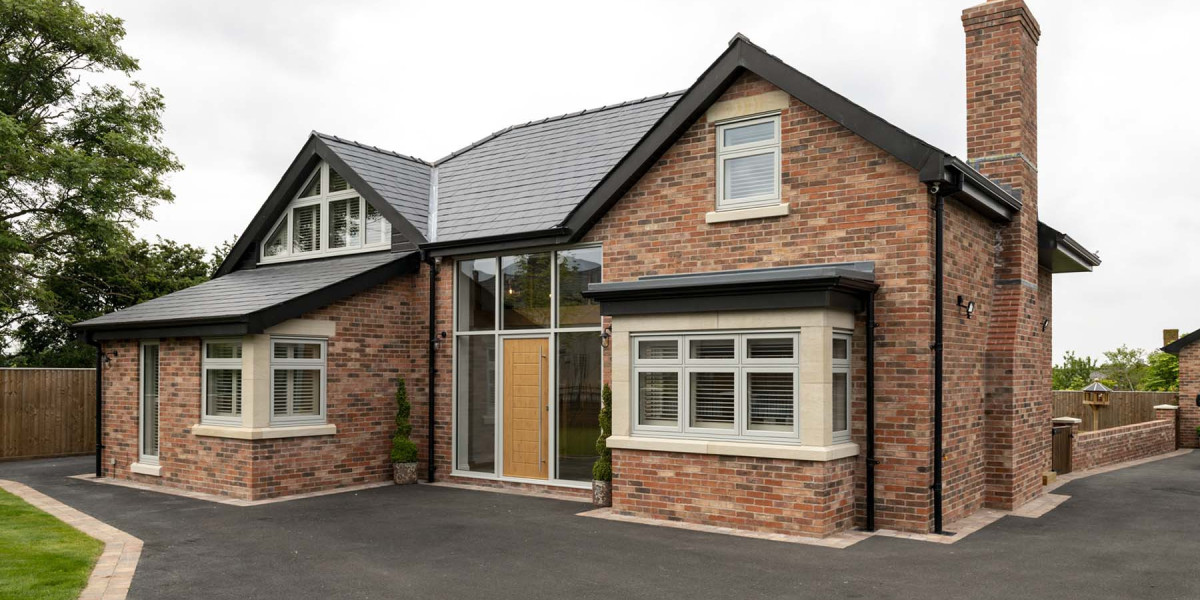The rapid growth of networked audio visual technology is transforming how AV systems are designed and implemented in modern buildings. AV over IP is now the standard for distributing audio, video, and control signals across a variety of spaces, from conference rooms and classrooms to hotels, retail environments, and stadiums. By using standard network infrastructure, AV over IP offers scalability, flexibility, and cost-efficiency that traditional cabling systems cannot match. However, to unlock the full potential of AV over IP in modern buildings, integrators and designers must follow sound design principles that ensure performance, reliability, and future-readiness. In this blog, we explore the key design principles for building robust AV over IP infrastructure.
1. Plan for Scalability from the Start
One of the biggest advantages of AV over IP is its ability to grow with your needs. A well-designed AV over IP infrastructure should not just meet current requirements but also allow for easy expansion. This means:
Over-specify core network components. Use switches, routers, and cabling that can handle more traffic and connections than the initial design demands.
Allow space in racks and network closets. Make sure there is room for additional encoders, decoders, and switches as the system grows.
Design flexible network topologies. Star and mesh topologies work well for scalable AV over IP deployments, allowing you to add nodes without disrupting existing operations.
Planning for growth saves time and money as user needs evolve or as new spaces are added to the system.
2. Prioritize Network Performance
AV over IP systems depend on a solid network backbone. Unlike isolated AV cabling, network infrastructure handles all AV traffic along with potentially other building systems like IT, security, and IoT devices. To support this load:
Choose enterprise-grade switches and routers. These devices offer the performance and reliability needed for high-bandwidth, low-latency AV over IP applications.
Use non-blocking switches. This ensures full bandwidth availability on all ports, which is essential for systems with multiple simultaneous streams.
Design with sufficient bandwidth. Uncompressed 4K video, for example, requires 10Gbps per stream. Even compressed streams can require substantial bandwidth when scaled across many devices.
Performance-focused network design ensures smooth delivery of AV signals without lag, jitter, or dropouts.
3. Segment Traffic with VLANs
Modern buildings often use converged networks for AV, IT, and building automation. It is essential to segment AV over IP traffic to protect performance and security. VLANs (Virtual Local Area Networks) are a critical tool in this regard:
Assign AV over IP devices to dedicated VLANs. This isolates them from other traffic and reduces the risk of congestion or interference.
Segment by zone or function where appropriate. For example, create separate VLANs for digital signage, meeting rooms, and public spaces.
Coordinate with the IT team. Ensure VLAN designs align with existing network policies and security protocols.
VLANs help maintain clean traffic flows, simplify troubleshooting, and enhance system security.
4. Enable Efficient Multicast Handling
Most AV over IP systems rely on multicast to distribute audio and video to multiple destinations efficiently. Without proper multicast handling, the network can quickly become flooded with unnecessary traffic. To avoid this:
Select switches that support IGMP snooping and querier functions. These features ensure multicast packets are delivered only to the devices that need them.
Configure multicast settings carefully. Misconfigured multicast can degrade performance or cause network instability.
Test multicast routing during commissioning. Verify that streams reach the intended destinations without flooding unrelated network segments.
Proper multicast management is essential to achieve the bandwidth efficiency that AV over IP promises.
5. Design for Reliability and Redundancy
Modern buildings often rely on AV systems for critical functions like security monitoring, emergency announcements, and live presentations. AV over IP infrastructure must be designed to minimize downtime and provide failover options:
Use redundant network paths and switches. This protects against single points of failure in the network backbone.
Deploy dual power supplies for key equipment. Many enterprise-grade switches and servers offer this feature.
Plan for monitoring and alerting. Include network monitoring tools that provide visibility into AV over IP performance and quickly alert technicians to issues.
Reliability ensures that AV systems are always ready when needed.
6. Focus on Cable Management and Physical Design
Although AV over IP reduces the need for specialized cabling, it does not eliminate the need for good physical design:
Use structured cabling practices. Terminate cables cleanly, label them clearly, and route them in a tidy manner to simplify maintenance.
Design accessible rack layouts. Leave space for airflow, cable management, and future equipment additions.
Account for power and cooling. Network gear supporting AV over IP often consumes more power and generates more heat than traditional AV devices.
Good physical design supports long-term system reliability and serviceability.
7. Integrate Security Best Practices
As AV over IP systems reside on standard networks, they are subject to the same cybersecurity threats as other IT systems. Protecting AV infrastructure is no longer optional:
Implement strong access controls for AV devices and network gear.
Keep firmware and software up to date to patch vulnerabilities.
Encrypt control traffic where supported.
Use firewalls and other perimeter defenses as needed.
Integrators should work closely with IT teams to align security policies and practices.
8. Coordinate Control and Automation Integration
An AV over IP network is only as good as its usability. Integrate control systems and automation tools from the start:
Design control interfaces that are intuitive and easy to operate.
Ensure the network supports the protocols and APIs needed for automation.
Allow for remote management where appropriate, with proper security controls.
Good design ensures that AV over IP systems enhance the user experience rather than complicate it.
Conclusion
AV over IP is reshaping the way audio visual systems are implemented in modern buildings. To maximize the benefits of this technology, integrators must follow solid design principles that prioritize scalability, network performance, reliability, and security. By planning carefully and coordinating with IT and facilities teams, it is possible to create AV over IP infrastructure that not only meets current needs but is ready for the future. As buildings become smarter and more connected, well-designed AV over IP systems will play a central role in delivering the experiences that users expect.Design Principles for AV over IP Infrastructure in Modern Buildings
Read more: https://audiovisual.hashnode.dev/how-to-choose-the-right-av-over-ip-solution








